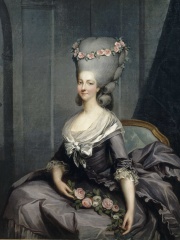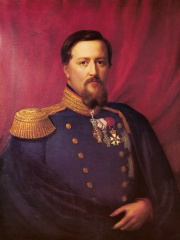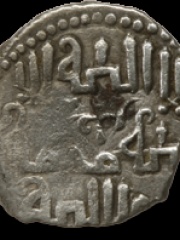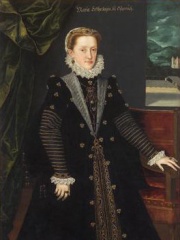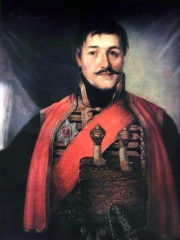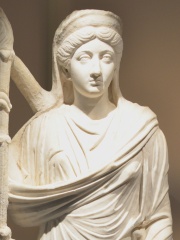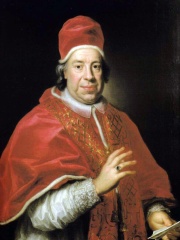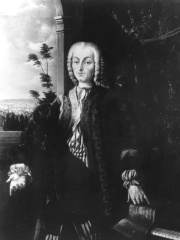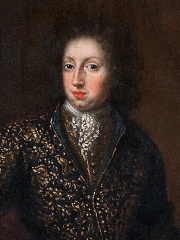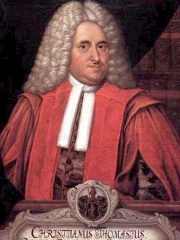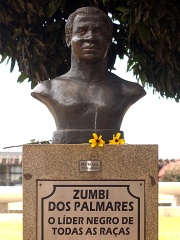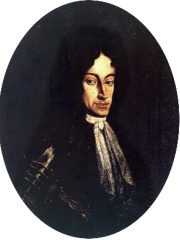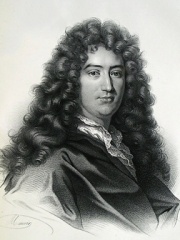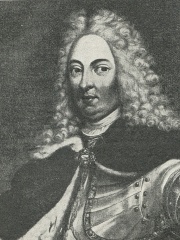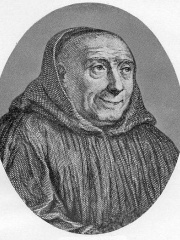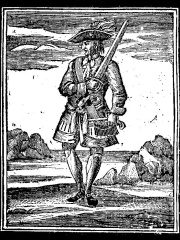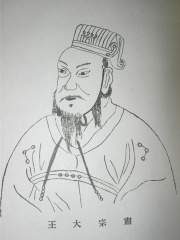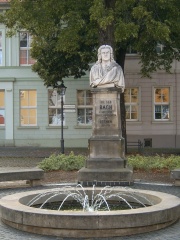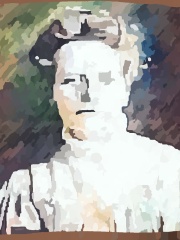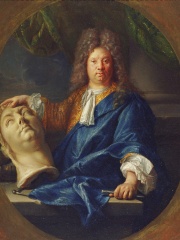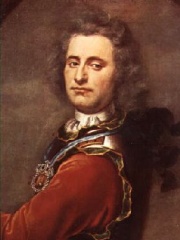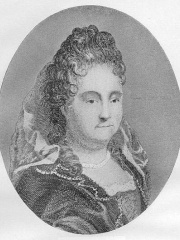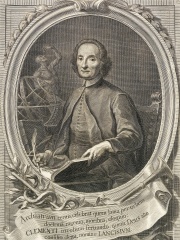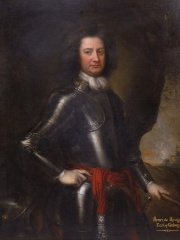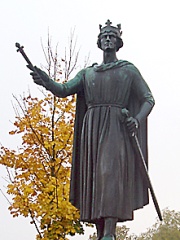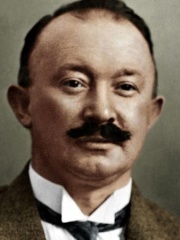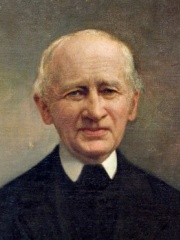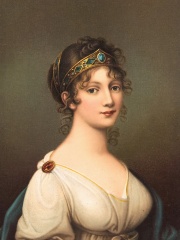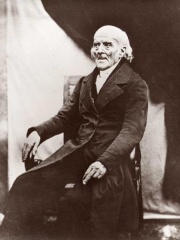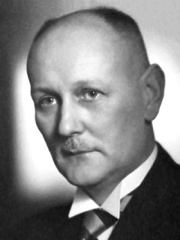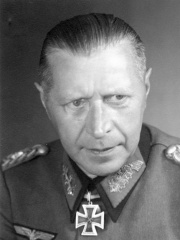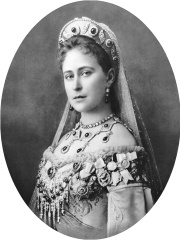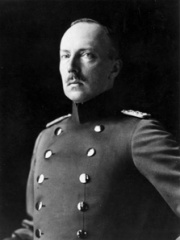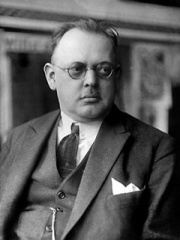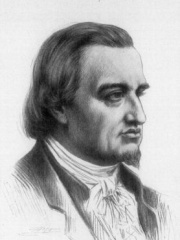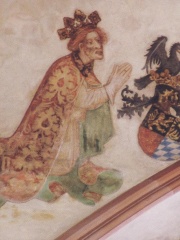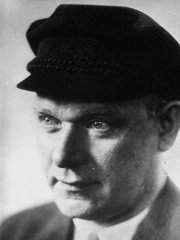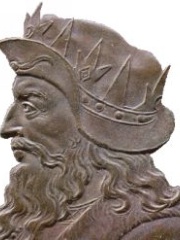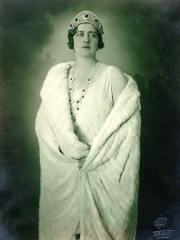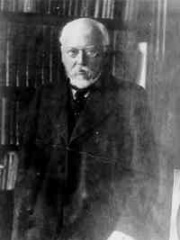POLITICIAN
Eleonor Magdalene of Neuburg
1655 - 1720
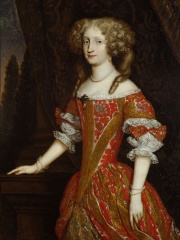
 Eleonor Magdalene of Neuburg
Eleonor Magdalene of Neuburg
Eleonore Magdalene of Neuburg (Eleonore Magdalene Therese; 6 January 1655 – 19 January 1720) was Holy Roman Empress, German Queen, Archduchess of Austria, Queen of Hungary and Bohemia as the third and final wife of Leopold I, Holy Roman Emperor. Before her marriage and during her widowhood, she led an ascetic and monastic life, translating the Bible from Latin to German and defended the Order of the Discalced Carmelites. Reputed to be one of the most educated and virtuous women of her time, Eleonore took part in the political affairs during the reign of her husband and sons, especially regarding court revenue and foreign relationships. She served as regent for a few months in 1711, period in which she signed the Treaty of Szatmár, which recognized the rights of her descendants to the Hungarian throne. Read more on Wikipedia
Her biography is available in 30 different languages on Wikipedia (up from 29 in 2024). Eleonor Magdalene of Neuburg is the 1,533rd most popular politician (up from 2,326th in 2024), the 392nd most popular biography from Germany (up from 637th in 2019) and the 109th most popular German Politician.
Eleanor Magdalene of Neuburg was a German princess and the youngest daughter of Philip William, Elector Palatine and his wife, Elisabeth Amalie of Hesse-Darmstadt. She was a great-granddaughter of King James I of England and granddaughter of King James II of England. Eleanor married her first cousin, Charles II, Duke of Mantua and Montferrat, who was the son of Charles I, Duke of Mantua and Montferrat, and Maria Gonzaga.
Memorability Metrics
Page views of Eleonor Magdalene of Neuburg by language
Among POLITICIANS
Among politicians, Eleonor Magdalene of Neuburg ranks 1,533 out of 19,576. Before her are Marie Thérèse Louise of Savoy, Princesse de Lamballe, Maximilian III, Archduke of Austria, Frederick VII of Denmark, Infante Juan, Count of Barcelona, Emperor Yao, and Töregene Khatun. After her are F. W. de Klerk, Maria Anna of Bavaria, Karađorđe, Lucilla, Ehud Olmert, and Manuel L. Quezon.
Most Popular Politicians in Wikipedia
Go to all RankingsMarie Thérèse Louise of Savoy, Princesse de Lamballe
1749 - 1792
HPI: 73.76
Rank: 1,527
Maximilian III, Archduke of Austria
1558 - 1618
HPI: 73.75
Rank: 1,528
Frederick VII of Denmark
1808 - 1863
HPI: 73.75
Rank: 1,529
Infante Juan, Count of Barcelona
1913 - 1993
HPI: 73.75
Rank: 1,530
Emperor Yao
2324 BC - 2206 BC
HPI: 73.74
Rank: 1,531
Töregene Khatun
1185 - 1246
HPI: 73.74
Rank: 1,532
Eleonor Magdalene of Neuburg
1655 - 1720
HPI: 73.73
Rank: 1,533
F. W. de Klerk
1936 - 2021
HPI: 73.73
Rank: 1,534
Maria Anna of Bavaria
1551 - 1608
HPI: 73.73
Rank: 1,535
Karađorđe
1768 - 1817
HPI: 73.72
Rank: 1,536
Lucilla
150 - 182
HPI: 73.72
Rank: 1,537
Ehud Olmert
1945 - Present
HPI: 73.70
Rank: 1,538
Manuel L. Quezon
1878 - 1944
HPI: 73.70
Rank: 1,539
Contemporaries
Among people born in 1655, Eleonor Magdalene of Neuburg ranks 3. Before her are Pope Innocent XIII, and Bartolomeo Cristofori. After her are Charles XI of Sweden, Louis William, Margrave of Baden-Baden, Christian Thomasius, Zumbi, Rinaldo d'Este, Johann Christoph Denner, Jean-François Regnard, Ferdinand Kettler, and Bernard de Montfaucon. Among people deceased in 1720, Eleonor Magdalene of Neuburg ranks 3. Before her are Calico Jack, and Sukjong of Joseon. After her are Maria Barbara Bach, Maria Margaretha Kirch, Antoine Coysevox, Edward England, Peter Tordenskjold, Anne Dacier, Abdul-Qādir Bedil, Giovanni Maria Lancisi, and Henri de Massue, Earl of Galway.
Others Born in 1655
Go to all RankingsPope Innocent XIII
RELIGIOUS FIGURE
1655 - 1724
HPI: 81.26
Rank: 1
Bartolomeo Cristofori
INVENTOR
1655 - 1731
HPI: 76.05
Rank: 2
Eleonor Magdalene of Neuburg
POLITICIAN
1655 - 1720
HPI: 73.73
Rank: 3
Charles XI of Sweden
POLITICIAN
1655 - 1697
HPI: 73.44
Rank: 4
Louis William, Margrave of Baden-Baden
POLITICIAN
1655 - 1707
HPI: 67.49
Rank: 5
Christian Thomasius
PHILOSOPHER
1655 - 1728
HPI: 67.37
Rank: 6
Zumbi
POLITICIAN
1655 - 1695
HPI: 67.12
Rank: 7
Rinaldo d'Este
NOBLEMAN
1655 - 1737
HPI: 64.11
Rank: 8
Johann Christoph Denner
INVENTOR
1655 - 1707
HPI: 62.58
Rank: 9
Jean-François Regnard
WRITER
1655 - 1709
HPI: 61.84
Rank: 10
Ferdinand Kettler
POLITICIAN
1655 - 1737
HPI: 61.67
Rank: 11
Bernard de Montfaucon
RELIGIOUS FIGURE
1655 - 1741
HPI: 61.57
Rank: 12
Others Deceased in 1720
Go to all RankingsCalico Jack
PIRATE
1682 - 1720
HPI: 77.56
Rank: 1
Sukjong of Joseon
POLITICIAN
1661 - 1720
HPI: 75.04
Rank: 2
Eleonor Magdalene of Neuburg
POLITICIAN
1655 - 1720
HPI: 73.73
Rank: 3
Maria Barbara Bach
COMPANION
1684 - 1720
HPI: 67.75
Rank: 4
Maria Margaretha Kirch
ASTRONOMER
1670 - 1720
HPI: 67.47
Rank: 5
Antoine Coysevox
SCULPTOR
1640 - 1720
HPI: 63.94
Rank: 6
Edward England
PIRATE
1685 - 1720
HPI: 62.94
Rank: 7
Peter Tordenskjold
MILITARY PERSONNEL
1690 - 1720
HPI: 62.10
Rank: 8
Anne Dacier
LINGUIST
1645 - 1720
HPI: 61.43
Rank: 9
Abdul-Qādir Bedil
WRITER
1642 - 1720
HPI: 60.51
Rank: 10
Giovanni Maria Lancisi
PHYSICIAN
1654 - 1720
HPI: 59.09
Rank: 11
Henri de Massue, Earl of Galway
POLITICIAN
1648 - 1720
HPI: 55.83
Rank: 12
In Germany
Among people born in Germany, Eleonor Magdalene of Neuburg ranks 392 out of 7,253. Before her are Valdemar I of Denmark (1131), Hugo Boss (1885), Johann Gottfried Galle (1812), Fritz Sauckel (1894), Louise of Mecklenburg-Strelitz (1776), and Lothar Matthäus (1961). After her are Maria Anna of Bavaria (1551), Samuel Hahnemann (1755), Gerhard Domagk (1895), Jürgen Klopp (1967), Helmuth Weidling (1891), and Princess Elisabeth of Hesse and by Rhine (1864).
Others born in Germany
Go to all RankingsValdemar I of Denmark
POLITICIAN
1131 - 1182
HPI: 73.85
Rank: 386
Hugo Boss
DESIGNER
1885 - 1948
HPI: 73.83
Rank: 387
Johann Gottfried Galle
ASTRONOMER
1812 - 1910
HPI: 73.80
Rank: 388
Fritz Sauckel
POLITICIAN
1894 - 1946
HPI: 73.80
Rank: 389
Louise of Mecklenburg-Strelitz
COMPANION
1776 - 1810
HPI: 73.78
Rank: 390
Lothar Matthäus
SOCCER PLAYER
1961 - Present
HPI: 73.76
Rank: 391
Eleonor Magdalene of Neuburg
POLITICIAN
1655 - 1720
HPI: 73.73
Rank: 392
Maria Anna of Bavaria
POLITICIAN
1551 - 1608
HPI: 73.73
Rank: 393
Samuel Hahnemann
PHYSICIAN
1755 - 1843
HPI: 73.71
Rank: 394
Gerhard Domagk
PHYSICIAN
1895 - 1964
HPI: 73.70
Rank: 395
Jürgen Klopp
COACH
1967 - Present
HPI: 73.67
Rank: 396
Helmuth Weidling
MILITARY PERSONNEL
1891 - 1955
HPI: 73.65
Rank: 397
Princess Elisabeth of Hesse and by Rhine
NOBLEMAN
1864 - 1918
HPI: 73.65
Rank: 398
Among POLITICIANS In Germany
Among politicians born in Germany, Eleonor Magdalene of Neuburg ranks 109. Before her are Maximilian II Emanuel, Elector of Bavaria (1662), Prince Frederick Charles of Hesse (1868), Hermann Müller (1876), Mayer Amschel Rothschild (1744), Valdemar I of Denmark (1131), and Fritz Sauckel (1894). After her are Maria Anna of Bavaria (1551), Rupert, King of Germany (1352), Ernst Thälmann (1886), Chlodio (393), Maria of Yugoslavia (1900), and Georg von Hertling (1843).
Maximilian II Emanuel, Elector of Bavaria
1662 - 1726
HPI: 74.06
Rank: 103
Prince Frederick Charles of Hesse
1868 - 1940
HPI: 74.05
Rank: 104
Hermann Müller
1876 - 1931
HPI: 74.01
Rank: 105
Mayer Amschel Rothschild
1744 - 1812
HPI: 73.89
Rank: 106
Valdemar I of Denmark
1131 - 1182
HPI: 73.85
Rank: 107
Fritz Sauckel
1894 - 1946
HPI: 73.80
Rank: 108
Eleonor Magdalene of Neuburg
1655 - 1720
HPI: 73.73
Rank: 109
Maria Anna of Bavaria
1551 - 1608
HPI: 73.73
Rank: 110
Rupert, King of Germany
1352 - 1410
HPI: 73.63
Rank: 111
Ernst Thälmann
1886 - 1944
HPI: 73.56
Rank: 112
Chlodio
393 - 448
HPI: 73.53
Rank: 113
Maria of Yugoslavia
1900 - 1961
HPI: 73.53
Rank: 114
Georg von Hertling
1843 - 1919
HPI: 73.49
Rank: 115
